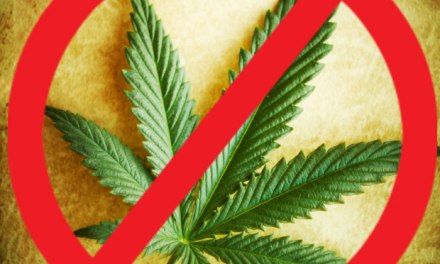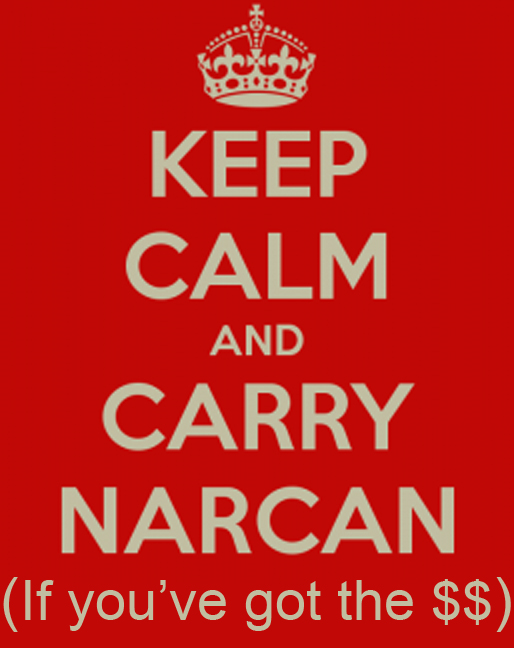It’s a subject we’ve discussed here before. Still, I happened on an excellent discussion of the important role that drug company marketing played in the prescription painkiller epidemic — complete with suggestions for minimizing the risk of a repeat performance. It’s by Suzette Glasner-Edwards PhD. Highly recommended.
How Marketing Fueled the Opioid Overdose Crisis and What We Can Learn from It
Some key points:
“… the primary source of marketing influence on opioid prescription rates was not the total dollar amount spent on marketing, but the number of interactions between marketers and physicians, such as receiving meals paid for by drug representatives.”
This I recognized as a classic example of service marketing.
Instead of focusing on the advantages of a product or its affordability, service marketers seek to develop a strong, often personal, reciprocal relationship with the customer. It’s been a mainstay of pharmaceutical sales for decades. If you ever wondered why drug company reps bring lunch to your doctor’s office, well, this is why. It’s one of many incentives for using their firm’s products. Other incentives can include trips to conferences in interesting locales, paid speaking engagements, consulting fees, and so forth.
A prominent pharmaceutical marketing consultant explained it to me: “Look, there probably aren’t that many doctors who realistically have the potential to prescribe your drug on a regular basis. So we track physician prescribing patterns to identify them. When we identify a likely target, the sales staff gives them special attention. The idea is to recruit them into the fold, then treat them so well that they in effect become marketers for our products themselves. Spreading the word to others on our behalf.”
He went on to compare it to an old fashioned multilevel marketing scheme of the type used to build a book of business for firms that deal in cosmetics or cleaning products. “Except we use physicians instead of housewives.”
Here’s another thing I found surprising: “Rather than serving as a warning to the rest of the industry, lawsuits and sanctions against major players in opioid manufacturing and advertising such as Purdue Pharma have prompted competitors to increase marketing spending by as much as 160% to promote opioid prescribing.”
Translation: the companies responded to legal actions by doubling down on the power of salesmanship. It must work, or they wouldn’t keep doing it.
The author ends by noting that a number of years ago, the Institute of Medicine set forth guidelines intended to reduce the influence of advertising on how physicians prescribed medications. And she reminds us that to date, relatively few physicians have actually adopted those guidelines.
Maybe they don’t want to miss out on those conference trips. And the free lunches.













